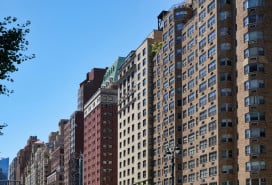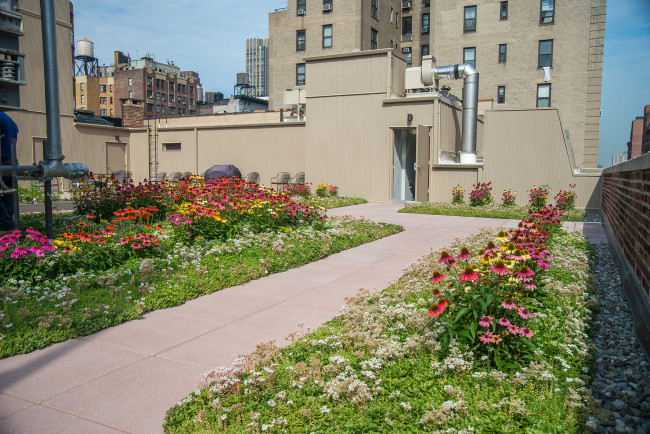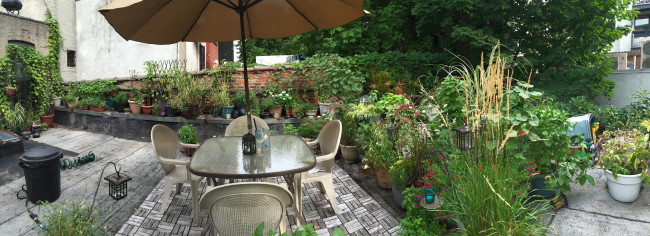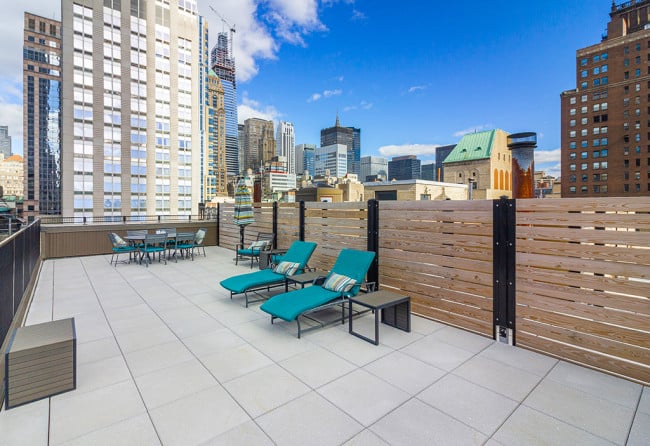How do I get the landlord to turn our roof into a comfortable space to hang out?
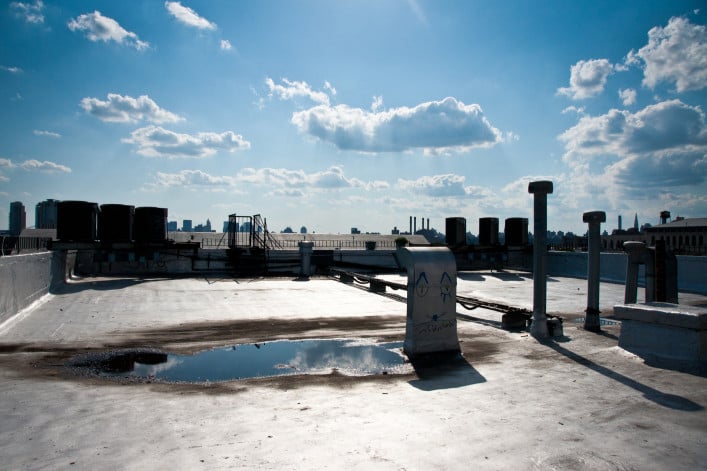
You'll need to convince your landlord that the long-term benefits outweigh the initial costs.
I would really like to see the roof of our rental building turned into a comfortable place to hang out. I’m researching what's involved to present our options to the landlord. What are some things I could say to help convince him to create an amenity space?
If you can effectively address your landlord's questions about this plan, you may have a chance at getting a new and improved amenity space on the roof, our experts say.
Your landlord may initially balk at the proposal because of the expense of upgrading the roof, not to mention the insurance implications and other safety concerns.
"If the landlord creates a roof deck he probably has to notify the building's insurer," says Jeffrey Schneider of Gotham Brokerage (a Brick sponsor). "It can present an added risk, but may or may nor impact the premium." The added risk can come from people gathering on the roof or from structures built on the roof that make water damage to the apartments below more likely, Schneider says.
You and your neighbors should consider hiring an architect to help provide a better sense of what a rooftop upgrade project might entail. There are other experts who might need to get involved as well.
"If this is a smaller building, such as a townhouse, you may need to have a structural engineer review the roof and make sure it is designed to hold 'live load,' that is people. Many roofs are designed only to hold the weight of snow," explains Esther Sperber, founder of Studio ST Architects.
Other considerations include confirming that the railing meets building codes, fencing off any mechanical equipment, and ensuring that using the roof does not void the waterproofing system's warranty, she says. If you're in an older building, asbestos may also be a concern.
"Old roofs may have asbestos material in the waterproofing membrane," Sperber says. "You will need to inspect it before you can file for a permit and may need to have an abatement company remove any hazardous materials that would be disturbed during construction."
Do your homework, in other words, to prove to your landlord that beautifying the rooftop space will be a win for everyone, owner and tenants alike. If you come prepared to demonstrate the long-term benefits of such a renovation—particularly when it comes to making the building more appealing to future renters—you may be able to persuade him.
"You are on the right track by first securing important information that addresses the landlord’s concerns: liability insurance premiums, seating capacity, maintenance expense, construction costs and the cost to furnish a roof top for comfortable seating," says Dennis R. Hughes, a broker with Corcoran. "The long-term benefit after the initial outlay for costs is that the landlord has added an amenity that makes his building more desirable, which creates a stronger demand for the owner’s rentals in the marketplace, with less turnover and possibly higher rents going forward."
Trouble at home? Get your NYC apartment-dweller questions answered by an expert. Send your questions to [email protected].
For more Ask an Expert questions and answers, click here.
You Might Also Like



